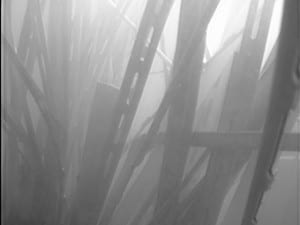Georgia SARP Projects Restore Habitat for Fish and Communities
In survey after survey, clean water is one of the most prominent environmental concerns in the United States. Clean water and abundant habitat are critical to functional aquatic ecosystems with healthy populations of fish and wildlife.
One exciting example of a project that’s improving water quality and fish habitat is in Raccoon Creek in the Etowah River Watershed of Northwest Georgia. This stream is critical to the long-term survival of a variety of aquatic insects, and fish, including the federally endangered Etowah darter and threatened Cherokee darter, the lined chub, and the recreationally-fished redeye bass. But threats loom. The creek flows through Metro Atlanta’s Paulding County, where agricultural practices and land clearing for development make it more difficult for the fish to survive. The restoration project involves multiple partners, including the Southeast Aquatic Resources Partnership (SARP), the U.S. Fish and Wildlife Service (USFWS), The Nature Conservancy (TNC), Georgia Department of Natural Resources (GA DNR), Paulding County, Georgia Power, Upper Coosa Riverkeeper, Georgia River Network, and Kennesaw State University. For project details go to http://bit.ly/SARPRRC.
Through collaborative funding programs with USFWS, National Fish Habitat Partnership (NFHAP) and the National Oceanic & Atmospheric Administration’s
See the dozens of unique artificial fish habitat models, fish attractors and fish cover used at fishiding.com, the leader in proven science based, fish protection.
(NOAA) Restoration Center, and work with state agencies and local partners, SARP identifies and implements habitat restoration projects throughout the Southeast. On-the-ground projects, like the Raccoon Creek Watershed Stream Restoration in Paulding NOAA
County, Georgia, are helping to address regional habitat objectives and national conservation priorities.
To learn more about SARP and its partners, programs and projects, visit www.southeastaquatics.net or contact SARP Coordinator.
by OUTDOOR HUB
submitted by: U.S. FISH AND WILDLIFE SERVICE
